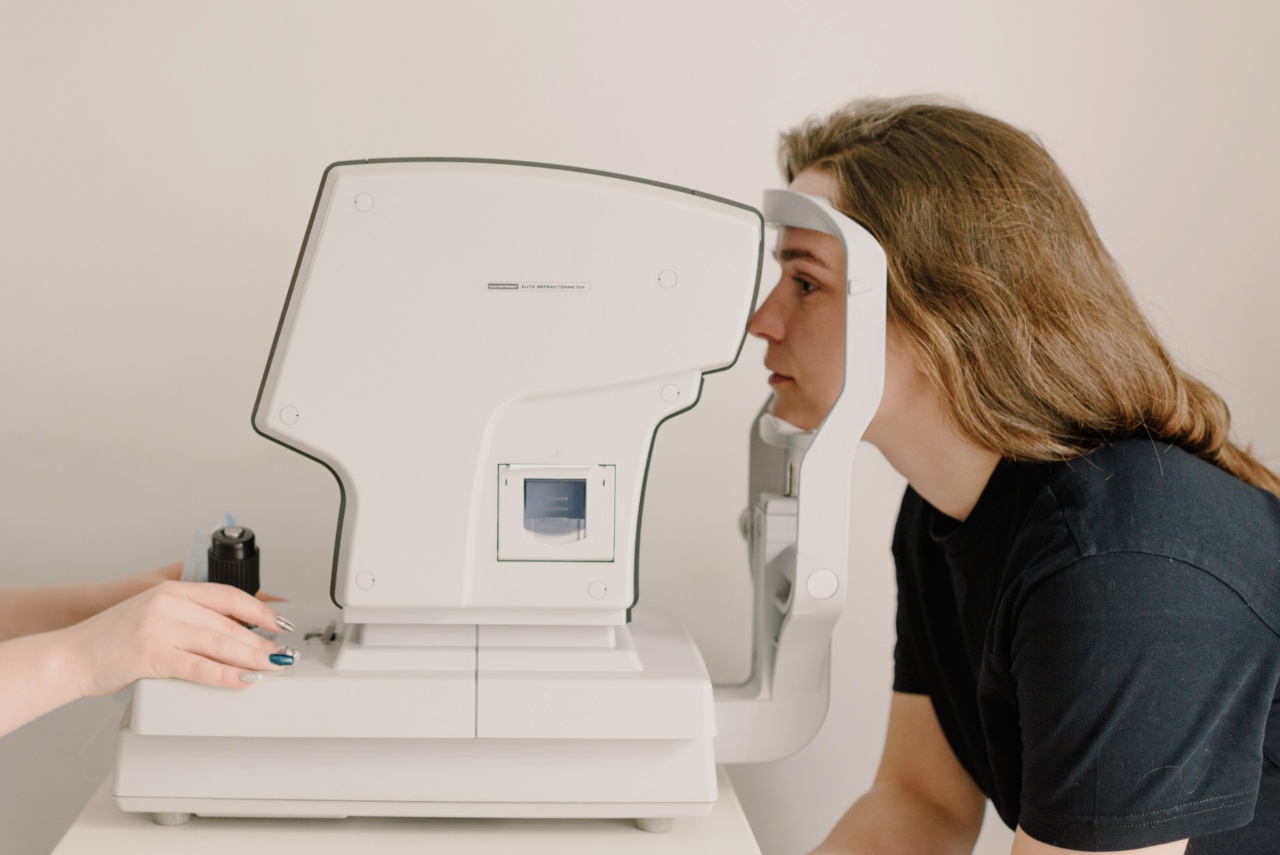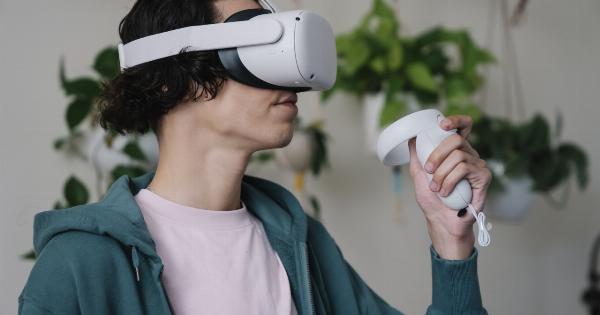Dyslexia is a learning disorder that affects the ability to read, write, and spell. It is a common condition that can occur in people of all ages, often manifesting during early childhood.
While dyslexia primarily impacts language-related skills, there is growing evidence suggesting that visual processing difficulties also play a significant role in this condition. In this article, we will explore the connection between visual processing and dyslexia, shedding light on the underlying mechanisms and potential interventions.
Understanding Visual Processing
Visual processing refers to the brain’s ability to interpret and make sense of visual information received through the eyes.
It involves various cognitive processes, such as visual perception, visual memory, visual attention, and visual-spatial skills. These skills are crucial for tasks such as reading, writing, and recognizing letters or words.
Individuals with dyslexia often struggle with these tasks, and studies suggest that visual processing difficulties may contribute to their reading difficulties.
The Link Between Visual Processing and Dyslexia
Research has shown that individuals with dyslexia exhibit differences in visual processing compared to individuals without the condition. One area of visual processing that is frequently implicated in dyslexia is called visual attention.
Visual attention is the ability to focus on relevant visual information while filtering out distractions. Individuals with dyslexia may have difficulties in selectively attending to the specific visual features of letters or words, which can affect their reading accuracy and speed.
Another aspect of visual processing relevant to dyslexia is visual-spatial skills. Visual-spatial skills involve understanding and manipulating visual information in relation to space.
These skills are crucial for letter and word recognition, as they help individuals understand the spatial arrangement of letters and words. Difficulties in visual-spatial skills can lead to letter or word reversals, difficulties with letter sequencing, and challenges with reading fluency.
Visual Processing Difficulties in Dyslexia
Individuals with dyslexia may experience various visual processing difficulties, including:.
- Visual Discrimination: Difficulties in distinguishing between similar-looking letters or words.
- Visual Figure-Ground Discrimination: Challenges in isolating visual information of interest from its background.
- Visual Sequential Memory: Poor ability to remember and recall the order of visual stimuli, such as letters or words.
- Visual Motor Integration: Problems coordinating visual perception with fine motor skills, affecting tasks such as writing or copying.
- Visual Closure: Difficulties in recognizing or identifying visual stimuli when only parts of them are visible.
- Visual Tracking: Challenges in smoothly following a line of text when reading.
- Visual Attention: Inability to concentrate on specific visual stimuli while ignoring distractions.
- Visual Spatial Orientation: Problems with understanding and interpreting visual information in relation to space.
- Visual Field Awareness: Difficulties in perceiving and attending to visual information in the peripheral visual field.
- Visual Scanning: Slow or inefficient scanning of visual information.
Interventions for Visual Processing Difficulties in Dyslexia
While dyslexia is primarily a language-based disorder, addressing visual processing difficulties can complement language-based interventions and improve overall reading outcomes for individuals with dyslexia. Here are some interventions that may help:.
H2: Visual Attention Training
Visual attention training exercises can help individuals with dyslexia improve their ability to selectively attend to relevant visual stimuli while filtering out distractions.
These exercises may involve tasks that require focusing on specific visual features or locating target stimuli among distractors.
H2: Visual-Spatial Training
Visual-spatial training programs aim to enhance individuals’ visual-spatial skills, which are essential for letter and word recognition.
These programs may involve activities that focus on visual sequencing, letter orientation, and spatial relationships between letters or words.
H2: Visual Perception Training
Visual perception training exercises can improve individuals’ ability to accurately perceive and discriminate between visual stimuli, such as letters or words.
These exercises may include tasks that involve matching similar letters or identifying subtle visual differences.
H2: Color-Coding Techniques
Color-coding techniques can be beneficial for individuals with dyslexia as they provide additional visual cues for letter and word recognition.
By assigning specific colors to letters or words, the visual distinction between different elements can be enhanced, making reading tasks more manageable.
H2: Multisensory Approaches
Using multisensory approaches, such as combining visual and auditory stimuli, can enhance learning for individuals with dyslexia.
These approaches engage multiple senses simultaneously, reinforcing connections between visual and language-based processing areas in the brain.
H2: Visual Stress Management
Some individuals with dyslexia may experience visual stress, characterized by visual discomfort, eyestrain, or headaches during reading tasks.
Visual stress management techniques, including the use of colored overlays or specialized lenses, can help alleviate these symptoms and improve reading performance.
Conclusion
Visual processing difficulties are a significant aspect of dyslexia that can impact reading and related skills.
By understanding and addressing these difficulties, individuals with dyslexia can receive targeted interventions to improve their overall reading outcomes. Through visual attention training, visual-spatial exercises, and other specialized techniques, individuals with dyslexia can enhance their visual processing abilities and overcome challenges associated with reading and writing.


























